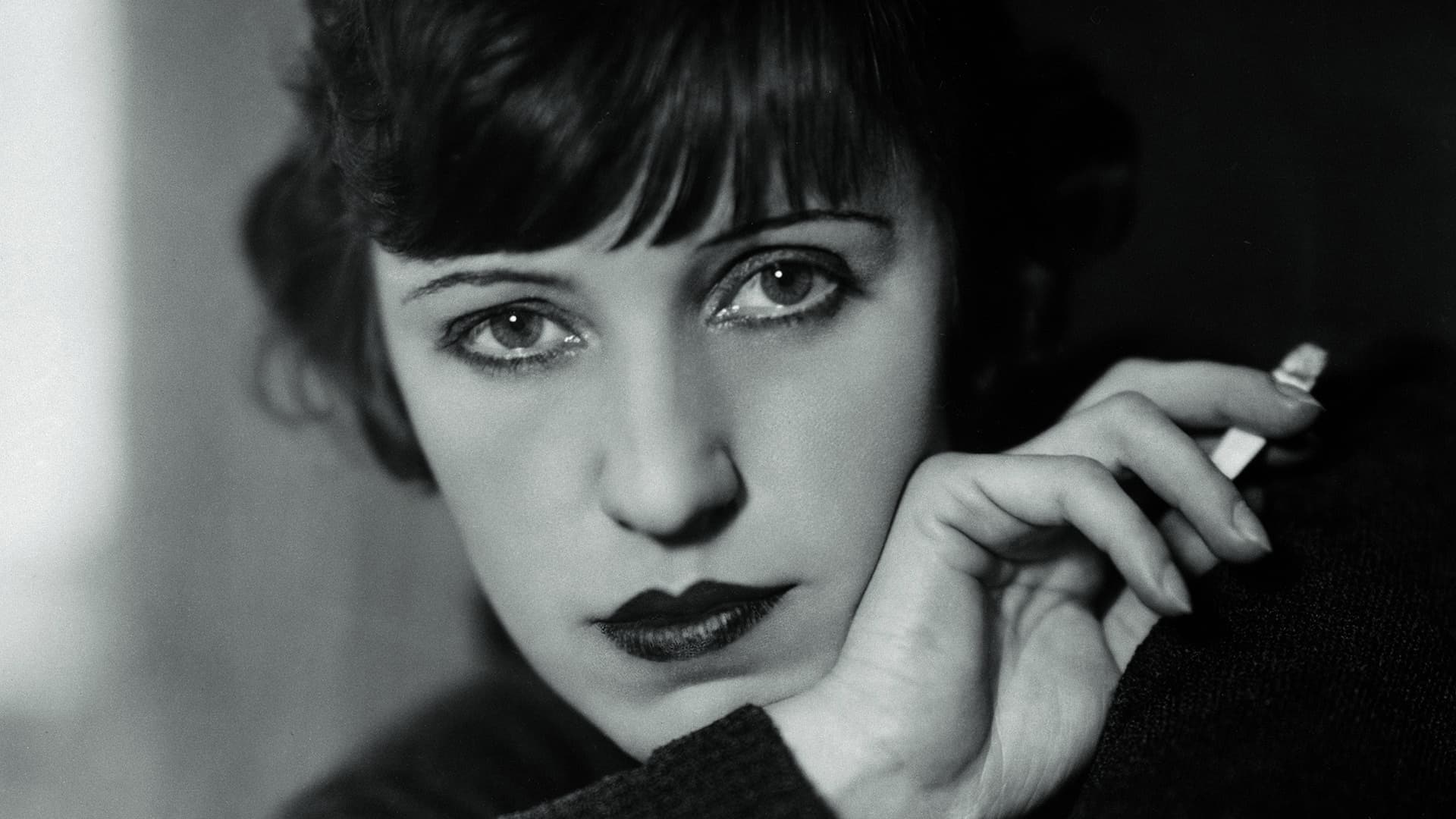The new book “Une histoire mondiale des femmes photographes” (A Global History of Women in Photography) celebrates the contributions of women to the medium of photography, spotlighting 300 female photographers from around the world.

You’re getting blind.
Don’t miss the best of visual arts. Subscribe for $9 per month or $108 $90 per year.
Already suscribed ?



